Academic twitter has been bubbling up for weeks with faculty members’ accounts of preparing syllabi. For a lover of curriculum-building like me, reading others’ descriptions of these intellectually rich planning processes is energizing and inspiring.
| Christina Katopodis (@nemersonian) | |
| 8/20/18, 3:00 PM
TPS Activity for my American Lit class: “What is your goal for this class? What do you want to learn that you’ll take with you for the rest of your life? Is it mastery of the canon or noncanonical texts? Is it to be a better-informed citizen? A future leader of the free world?” |
|
Dan Martin Retweeted J Michael Butler
I have writing-to-learn activities during class that require students to be in class to earn credit. I have workshops & peer reviews that require attendance too. But I use class time to offer students interaction they can’t get online or anywhere else.
Children’s HistSocUK @histchild
Updated! Are you planning history of childhood, youth or education teaching? @histchild have compiled a list of free resources, helpful people, and great ideas – with some new additions!
With a new syllabus ready to launch myself this week, I’m ready to share my own planning story in connection with “Feminist Inquiry.” The class is being offered for the first time at TCU this semester in connection with our new major in Women and Gender Studies (WGST) and our ongoing efforts to provide a range of course options for grad students interested in this vibrant interdisciplinary field.
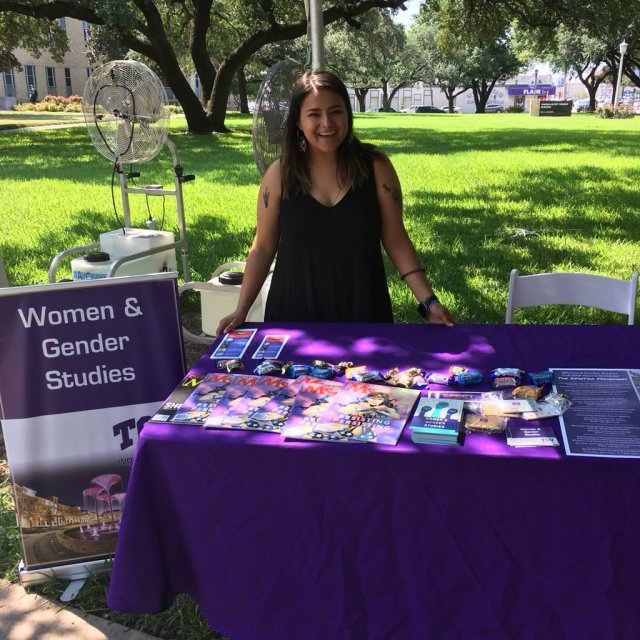
TCU Student Leader Shares WGST News
If I’m lucky enough to get this teaching assignment again, I’ll want to do some refining. So keeping track of the “story” of this class via periodic blog posts should prove helpful well beyond this semester.
To launch an online journaling process, in this entry I’ll give a description of the course’s core elements—the major projects students will be doing. I’ve envisioned the “Feminist Inquiry” seminar as project-based learning grounded in feminist scholarly methods. A key goal is for students to be able to do research-based activism in line with various kinds of jobs and community activities that someone majoring in Women and Gender Studies might be involved in post-graduation. That is, the course imagines that, by the end of the term, students will be able to answer the question of “Why in the heck are you studying that subject?” (a pretty common query from parents, but also sometimes from peers). They’ll prepare to answer by exploring how doing feminist inquiry can make a difference in their lives and the lives of others.

Suffrage Marchers
Here, then, are our four projects:
Interviewing a feminist or aspiring feminist and circulating a feature story growing out of the interview;
Analyzing a performance event (“performance” being broadly construed) and preparing a presentation on what that performance had to say about how we are pushed to enact our gender roles today;
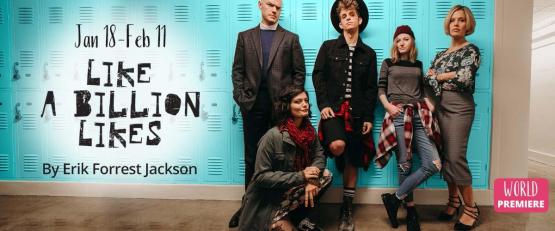
Cast from a Stage West Play
Recovering a part of TCU’s history that has an under-explored gender component to it—one that could help us all better understand our community and our place in it;
“Embedding” in and analyzing a workplace where the jobs being done address some type of gendered goal, challenge, or (set of) questions.
In the teaching section of my website, I’ll be posting the “how-to” packet for each of the four major assignments. And I’m hoping some of the students will be willing to share a few of their projects online as the semester unfolds.
For now, let me offer some reflections on how I came up with this particular set of projects and why I sequenced them as I have. The two points are interrelated, actually. I started with the final project in mind—one that would engage students in “real-world” settings beyond the university, where the work of feminist inquiry (and social action) is going on every day.
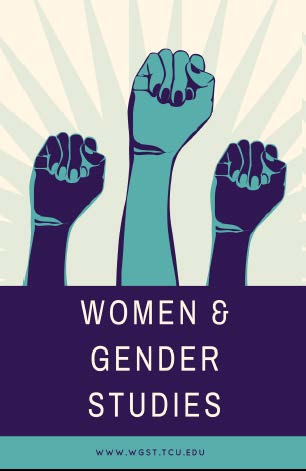
For my students, I hope “feminist” can be inclusive enough to embrace a wide range of social goals rather than any kind of rigid political stance. I hope their brand of feminism will honor the leadership of past women (and men) dedicated to promoting access and equity—but also be open to individualized visions and strategies for reaching those goals.
Embedding in a Feminist Network
Their visits to a gender-focused community of action will, I think, foster reflection on ways the students can carry out their own feminist inquiries after the class ends. What kinds of workplace sites might they want to explore—either to see if a particular job is one they could do enthusiastically and well, or to test an assumption they have by putting themselves in a community of action whose strategies they’re uncertain about? That is, I’d expect one or two to be drawn to an enterprise like a shelter for women and children trying to escape domestic violence. But I’d be equally open to an after-school program for boys in a charter school linked to a conservative religious denomination: what might we all learn from the activities such a program is providing to prepare youngsters for empathetic leadership in their home churches?
This assignment will, of course, have a pragmatic purpose too. As they finish their degrees, many of our students will be looking for internship sites for a practicum, and, heading toward graduation, the start of a career. Thus, during a class like this one, we’d want all of them to be thinking about how they can apply their learning about WGST in paid—and/or volunteer—positions in the community. Spending time looking closely at one specific site where gender is at the center of a program-in-action, and then comparing notes with other students who are doing their own final projects, should be a productive way to end the semester.
Given the final project’s goal of helping students locate themselves within community networks, the interview assignment is a logical first step. We all need individual “models for action,” mentors whose personal commitments and skills-for-working can provide flexible road maps for our own future pathways. We can also learn from leaders whose main beliefs and career/volunteer contexts may be different from our own (aspirations), since those very differences can help us refine what we (hope to) do.
Research Interviewing
Now, you may be asking yourself: “How is doing an interview an example of feminist activism?” Taking a cue from Jane Addams and other women leaders at Hull-House, I believe feminist activism should be grounded in listening. Also, Addams and her settlement colleagues showed us through their many publications that writing can interactively support the more “in-the-street” brands of leadership, so I’m betting that composing thoughtful stories about the activists they interview can serve as an empowering process for my students. Afterwards, I hope we can pool the feature stories written for this assignment into a verbal “quilt” that we can share with many readers. If we make available a compelling set of examples of different approaches to feminist identities and community engagement, I predict we’ll inspire other TCU students—and stakeholders beyond the university—to see that there are, indeed, feminists busily doing important cultural work all around us.
What about the performance project, which students will do after their interview stories? Like the other three inquiry tasks on our syllabus, this one will ask students to reach outside the classroom for important learning by attending an event that raises questions about how we all perform (and sometimes perhaps resist) longstanding norms for “being” a particular gender. Students could select a gender-focused play at one of the DFW’s outstanding theatres, or a set of activities associated with a sporting event (e.g., a pep rally with cheerleaders and player warm-ups), a roundtable of community members speaking about WGST’s semester theme on the #MeToo movement—really, any occasion where we see gender roles in action. Attending and observing through a thoughtful lens will enable class members to think about the various ways they are encouraged, daily, to embody and “perform” prescribed gender roles. Critically examining an example of this ever-ongoing socialization process could well reaffirm certain identity choices among individuals in the seminar. But it may also invite them to push back against some social expectations linked to gender, such as who should provide most of the child care in a family setting, or what behaviors make for an effective large-group inspirational speaker, or how a fraternity member can strategically enact his masculinity through participation in a co-curricular club, or what sports a young girl athlete should aspire to join (and how).
In class, while students are preparing their Performance Analysis, we’ll set the individual events that they’ve observed into a larger, longer historical context. We’ll consider, for instance, both the ways in which some elements in socialized gender performances are strengthened over time in specific cultures—and how some subversive choices by individuals and groups can occasionally change those very norms. Taking intersectionality into account will be an important part of our discussions as well.
Doing this project just after the interview and before the history project will, I anticipate, sharpen students’ ability to put historical cases they choose to study in productive dialogue with current social practices they see every day. And that process, in turn, will arm them with a set of personal questions about “doing” feminist work on the job and in the community when they carry out their ethnographic-style site visits at the end of the term.
Huck Finn Tries to Disguise Himself by “Perfoming” Being a Girl
The Feminist History assignment immediately precedes the final project. Why “do” Feminist History? Our Feminist Inquiry course and TCU’s new WGST major are operating at an institution which, like most universities, has a spotty, under-examined history in terms of gender (as well as race, social class, region, and other identity-shaping forces). A long-term project to recover under-represented experiences from TCU’s past is already underway thanks to the leadership of Professor Jackie Lambiase of the Bob Schieffer College of Communication and Nino Testa, WGST’s associate director. And there’s indeed much to be proud of in TCU’s yet-under-recorded history—stories that deserve fuller recounting, such as TCU’s leadership in making university-level learning available to women early on.
At the same time, as Professor Linda Hughes (who holds the endowed Addie Levy Professor of Literature) made clear in an address to Phi Beta Kappa inductees in 2014, other aspects of our history—such as constraints placed around access to the school for people of color for many years—need to be brought into the official record and knowledge base of all our community members today. Consistent with feminist inquiry’s emphasis on intersectionality, its commitment to critically examining power relations and inequities in society, and its practice of seeking to recover untold stories, Feminist Inquiry students will be contributing to the initiative that Lambiase and Testa have encouraged everyone at the university to join.
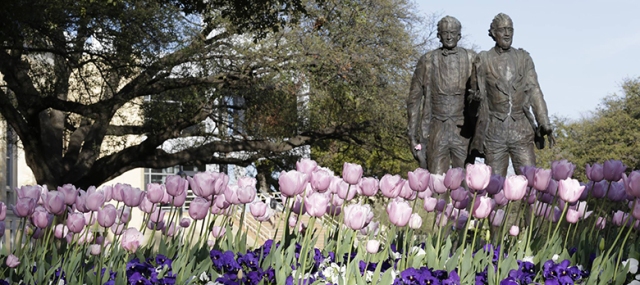
I’m eager to see how my students work their way through this sequence of projects. And I’m even more excited to see how they build on what they’ve learned once the semester is over. Readers, I’ll keep you posted.
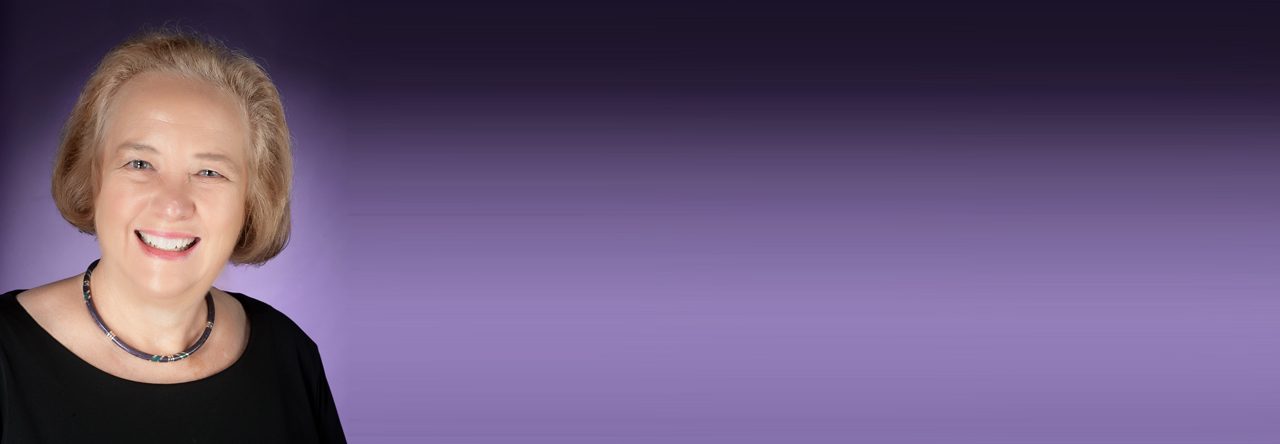
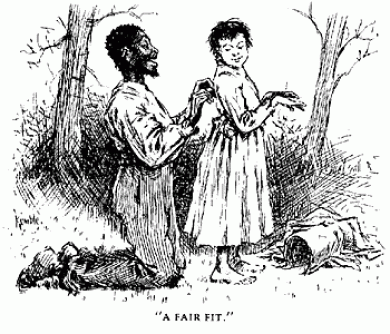

Great! read me: worldwrittessite.wordpress.com
LikeLike